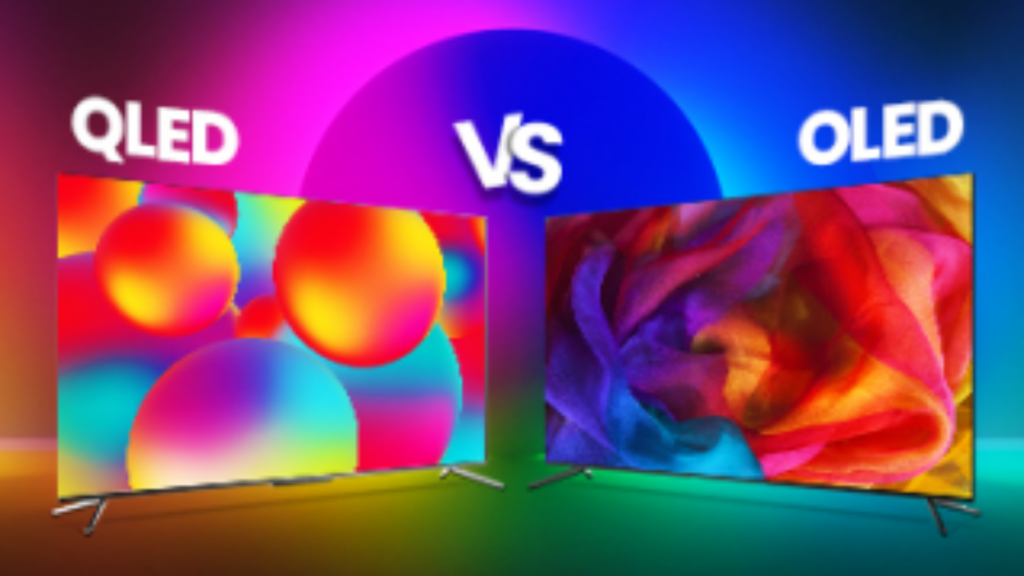When it comes to choosing a new TV, the debate between OLED and QLED technology is often at the forefront. Both have their unique advantages and drawbacks, making the decision largely dependent on your viewing preferences and environment. Here’s a breakdown to help you decide which is right for you.
What is OLED?
OLED (Organic Light Emitting Diode) displays use organic compounds that emit light when an electric current is applied. Each pixel can turn on or off independently, allowing for true blacks and stunning contrast ratios.
Advantages:
- Infinite Contrast: Since OLED pixels can turn off completely, you get deep blacks and vibrant colors.
- Wide Viewing Angles: Color and contrast remain consistent from various angles, making it great for group viewing.
- Thin and Flexible Designs: OLED screens can be extremely thin, allowing for sleek designs.
Drawbacks:
- Burn-In Risk: Static images can cause permanent burn-in over time, especially with prolonged use of certain channels or logos.
- Brightness Levels: While OLEDs can produce beautiful colors, they may not reach the same brightness levels as QLEDs, making them less ideal for very bright rooms.
What is QLED?
QLED (Quantum Dot LED) is a technology developed by Samsung that enhances LED TVs using quantum dot technology. QLED displays use a backlight, which means they can achieve higher brightness levels.
Advantages:
- High Brightness: QLED TVs excel in bright environments, making them suitable for well-lit rooms.
- Vibrant Colors: The quantum dot layer enhances color accuracy and brightness, resulting in vivid images.
- No Burn-In Risk: QLED TVs are less susceptible to burn-in, making them a safer choice for varied content.
Drawbacks:
- Blacker Blacks: While QLED can produce deep blacks, it typically doesn’t match the true blacks of OLED because of the backlight.
- Viewing Angles: Color and brightness can degrade when viewed from an angle compared to OLED.
Which One Should You Choose?
- For Movie Lovers and Dark Rooms: If you watch movies in a dark environment and prioritize contrast and color accuracy, OLED may be the better choice. Its superior black levels and viewing angles can create an immersive experience.
- For Bright Rooms and Diverse Content: If you watch TV in a bright room or plan to use it for gaming, sports, or varied content, QLED could be more suitable due to its brightness and resistance to burn-in.
- Budget Considerations: While prices for both technologies have been decreasing, OLEDs are often more expensive. If budget is a concern, consider QLEDs, which may offer more value for the price.
Conclusion
Both OLED and QLED technologies have their strengths, and your choice should reflect your viewing habits and environment. By understanding the differences, you can make an informed decision and enjoy a fantastic viewing experience tailored to your needs.



